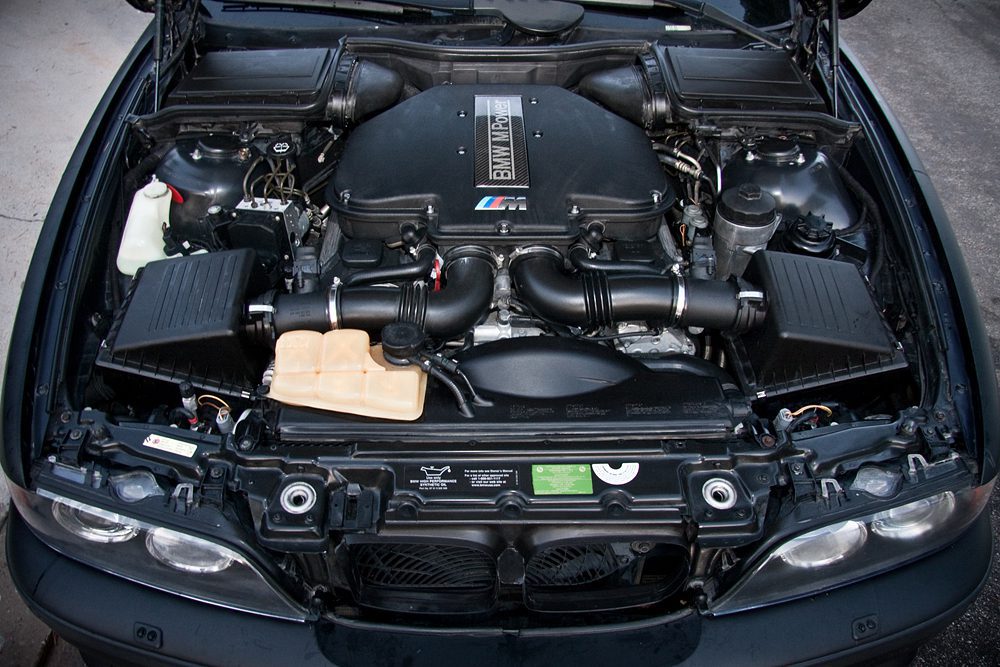Opel Corsa Engine: Efficiency and Integrity for Your Vehicle
Opel Corsa Engine: Efficiency and Integrity for Your Vehicle
Blog Article
Exploring the Inner Workings of a Compact Lorry's Engine System
As motorists, we typically take for provided the detailed processes that occur within the boundaries of our vehicle's engine system. The portable yet intricate machinery that moves us forward is a wonder of engineering accuracy and sychronisation. From the regulated explosions in the burning chamber to the careful timing of fuel shot, every component plays a crucial duty in the smooth procedure of the engine. In this exploration of a portable car's engine system, we will certainly decipher the internal functions of this mechanical harmony, shedding light on the secrets that drive us ahead on our daily journeys.
Combustion Refine Review
The combustion process in a portable vehicle's engine system is an important mechanism that effectively transforms gas right into energy to power the car. This procedure occurs within the combustion chamber of the engine, where fuel and air mix, stir up, and produce controlled explosions. The combustion process contains 4 major stages: intake, exhaust, power, and compression.
During the intake stage, the piston relocates downward, drawing in a mix of air and gas right into the burning chamber. This downward motion creates the power required to drive the vehicle. This cyclic combustion process is essential to the procedure of a portable vehicle's engine system, guaranteeing effective power conversion for propulsion.
Piston and Cyndrical Tube Interaction

The piston's accurate fit within the cylinder is necessary for keeping ideal compression and protecting against power loss throughout burning. Limited clearances between the piston and cylinder walls guarantee efficient sealing, allowing the piston to move efficiently without allowing gases to leakage past. Correct lubrication is additionally crucial to minimize rubbing and use between these parts, improving durability and performance.
Furthermore, the design and products made use of in producing the piston and cylinder impact engine performance and durability. Modern engines often use light-weight yet long lasting materials like light weight aluminum alloys for pistons and cyndrical tube liners to reduce inertia and boost thermal performance. In general, the harmonious communication between the piston and cylinder is basic to the engine's performance and overall efficiency.
Gas Injection System Capability
Fuel shot systems in small vehicle engines play a critical duty in precisely supplying fuel to the burning chamber for regulated and efficient ignition. The gas injection system operates by injecting gas into the burning chamber at the optimal minute during the engine's operation (opel corsa engine). This precise timing makes sure that the fuel mixes equally with the air for appropriate burning, resulting in boosted fuel performance and reduced exhausts
There are internet primarily 2 types of gas shot systems utilized in portable vehicle engines: port gas shot (PFI) and direct fuel shot (DFI) PFI systems inject gas right into the intake port prior to the intake valve, while DFI systems infuse fuel straight right into the burning chamber. Both systems have their advantages, with DFI providing better fuel atomization and PFI offering a more cost-efficient service.
Comprehending Engine Cooling Systems
Effective operation of a portable lorry's engine depends great site heavily on the effectiveness of its cooling devices. The air conditioning system in a compact vehicle commonly is composed of a number of components functioning together to regulate the engine temperature level. Comprehending these engine cooling mechanisms is essential for preserving the performance and long life of a small vehicle's engine system.

Exhaust System Components Explained
The ideal functioning of a portable car's engine cooling mechanisms depends on a complementary system understood as the exhaust system, which makes up different important parts for making certain reliable exhausts and engine efficiency. The exhaust manifold accumulates exhaust gases from the engine's cyndrical tubes and courses them to the catalytic converter.
One vital component of the exhaust system is the oxygen sensor, which checks the oxygen degrees in the Website exhaust gases to assist regulate gas consumption and make certain optimal engine performance. opel corsa engine. In addition, the resonator may be present in some exhaust systems to minimize sound levels. In general, the exhaust system plays an essential role in maintaining engine effectiveness, lowering hazardous discharges, and making certain a quieter driving experience for portable vehicle owners

Conclusion
Finally, the portable vehicle's engine system is a complex combination of parts that collaborate to facilitate the combustion process, transform gas right into power, and expel waste gases. Comprehending the internal operations of the engine system, consisting of the piston and cyndrical tube communication, fuel injection system, engine cooling mechanisms, and exhaust system elements, is vital for keeping optimum performance and efficiency of the vehicle.
The combustion procedure in a portable car's engine system is an essential device that successfully transforms gas right into power to power the automobile.Gas shot systems in portable car engines play a vital function in exactly providing fuel to the combustion chamber for regulated and reliable ignition.There are largely 2 types of fuel injection systems used in portable lorry engines: port gas injection (PFI) and direct gas shot (DFI) Recognizing these engine air conditioning devices is crucial for preserving the performance and longevity of a portable automobile's engine system.
The ideal functioning of a compact lorry's engine air conditioning systems depends on a complementary system recognized as the exhaust system, which consists of different important components for ensuring reliable discharges and engine performance.
Report this page